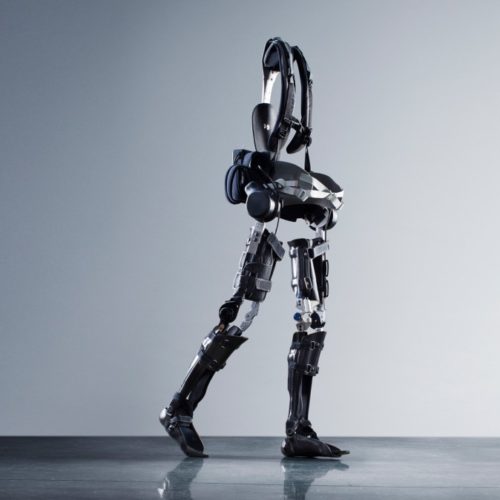Self-Healing Robot Hands
A new development from the world of robotics is very peculiar. Scientists have now developed a sort of self-healing robot hands like device. This strange-looking device can carry out simple and complex tasks, ranging from picking up small objects to full-on performing minor surgeries. The “hands” are made out of a strange jelly-like squishy material and this type of technology is being touted to introduce the future of robotics to the world.
Up until this point, researchers have faced one key problem with making these devices suitable for actually being used in the real world. To allow them to touch flesh and fruits they had to be made delicate enough to not damage these things. However, in turn in testing, they have been receiving a substantial amount of damage and have proven incapable of many tasks. That was until the newest development.
EU funds Self-Healing Robot Hands
A European commission-funded project being led by the Free University of Brussels along with the University of Cambridge is looking to achieve the crazy goal of inventing “self-healing robot hands”. Not only self-repairing however, but they aim to also give the robots the mind-boggling ability to feel pain and sense when they are taking substantial damage if all goes to plan these wounds will be swiftly fixed by the robots self-healing systems.
So far, the researchers have managed to successfully create polymers which are capable of healing themselves by birthing new bonds in the space of about 40 minutes! Later down the line, these already impressive polymeric systems will be fitted with sensors that can detect when and where damage is actually taking place. Finally, the scientists will have to come up with a way to make this system fully automated as currently, it requires heat to trigger the polymers, which is typically provided through human touch.
Professor Bram Vanderborght who works at the Free University of Brussels stated “Over the past few years, we have already taken the first steps in creating self-healing material for robots. With this research we want to continue and, above all, ensure that robots that are used in our working environment are safer, but also more sustainable. Due to the self-repair mechanism of this new kind of robots, complex, costly repairs may be a thing of the past.”
So, what makes these 3D printed hands better for performing delicate tasks than any old human hand? Well quite simply because they are capable of being much more precise and fragile in their movements, along with this they are much safer to be around for humans due to their harmless nature. Despite these upsides, the self-healing part is crucial as it is said that the process of constantly fixing and replacing these parts would cost crazy amounts of money. The self-healing technology will no doubt also be integrated into many other systems as well.
You might also like
Exoskeleton – Chance to be Iron Man?
How many boys in childhood dreamed of being Iron Man for one day? Thanks to the exoskeleton, this dream can come true! A powered exoskeleton is a wearable mobile machine
Hitachi EMIEW
First unveiled in 2007, Hitachi’s adorable little service robot EMIEW 2 has been gradually improving over the years. Standing 80 centimeters tall and weighing 14 kilograms, the robot is rather
The Cheetah
The Cheetah robot is the fastest legged robot in the World, surpassing 29 mph, a new land speed record for legged robots. The previous record was 13.1 mph, set in



